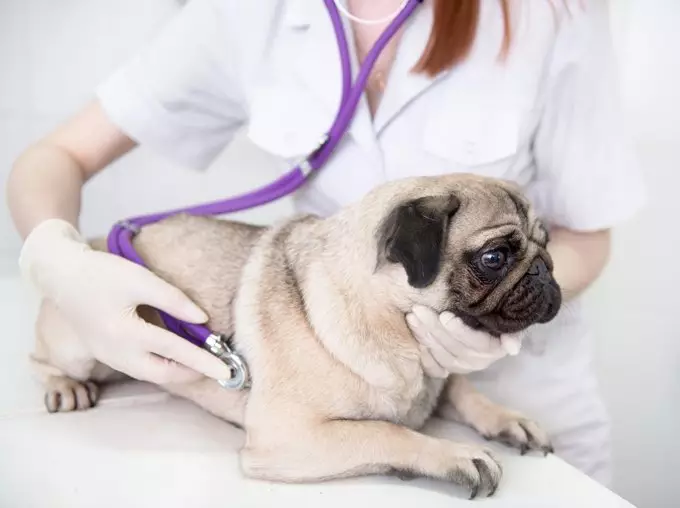Spay and neuter surgeries are essential components of responsible pet ownership, focusing on population control and the overall health of animals. While these procedures—removal of the ovaries and uterus in females and the testicles in males—have undeniable benefits, the question often arises: how painful are these operations for pets? Understanding the surgical process, potential pain involved, and methods to alleviate discomfort can empower pet owners to make informed decisions regarding their beloved companions.
What Happens During the Surgery?
The spay procedure typically involves making a surgical incision in the abdomen to access the uterus and ovaries, which are then removed. Neutering, on the other hand, is less invasive, usually consisting of small incisions made in front of or above the testicles to perform the removal. Despite varying levels of invasiveness, both surgeries inevitably cause pain and discomfort to the pet. This reality underscores the importance of pain management strategies that veterinarians have in place.
Veterinary professionals recognize that surgery is inherently painful, and as a result, they typically administer pain relief medications both prior to and post-operation. Preoperative pain medications serve two purposes: they help calm the animal before surgery and minimize the pain response during the procedure itself. These proactive measures are crucial, as they significantly enhance the overall comfort level of pets undergoing surgical sterilization.
After the surgical procedure, pets are frequently discharged with pain medications prescribed for continued at-home care. It’s critical for pet owners to administer these medications accurately to ensure a smoother recovery. Additionally, it is important to communicate with the veterinarian about the prescribed pain control methods, as not all clinics may include pain management as a standard procedure. If it is an option, owners should always request pain medication for their pets.
Recognizing Signs of Discomfort
Animals are notoriously adept at hiding their pain, so it’s vital for pet owners to monitor their behaviors post-surgery. Signs of discomfort can manifest in various ways—pets may become more withdrawn, lose their appetites, or hesitate to engage in activities they usually enjoy, like jumping onto furniture. These subtleties can be easy to overlook, but they are critical indicators that something may be amiss. Vigilance in observing changes in behavior will aid in a more compassionate understanding of your pet’s recovery.
Different medications and techniques are available to manage pain following spay and neuter surgeries. A veterinarian will assess the specifics of each case and tailor pain management protocols accordingly. Owners should not hesitate to engage in dialogue about pain relief options; a collaborative approach between owners and veterinary professionals can lead to better outcomes for pets undergoing surgical procedures.
Spay and neuter surgeries, while sometimes associated with discomfort, can be effectively managed through attentive care and proper medication. Pet owners play a crucial role in their pets’ recovery by advocating for appropriate pain management, recognizing signs of distress, and fostering a nurturing environment post-surgery. By approaching these surgical procedures with knowledge and compassion, we can ensure that our furry friends remain healthy and happy after undergoing spay or neuter operations.

